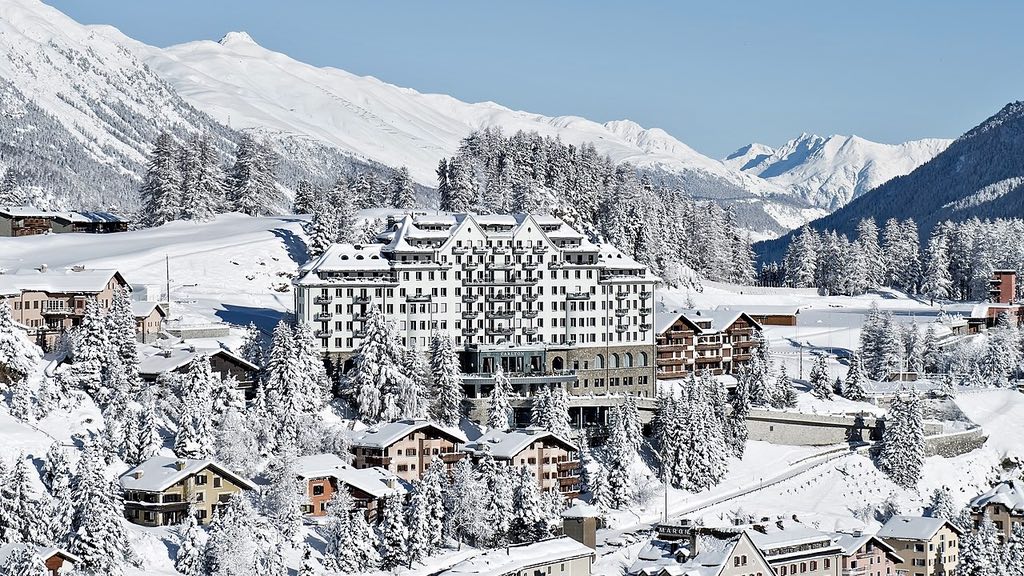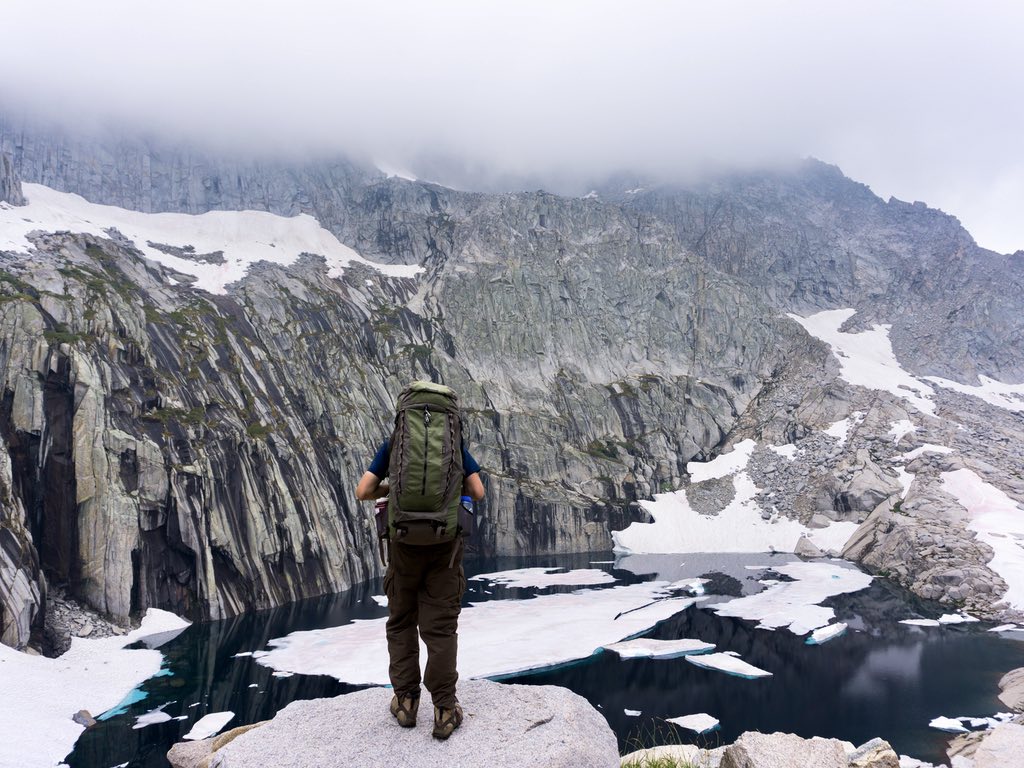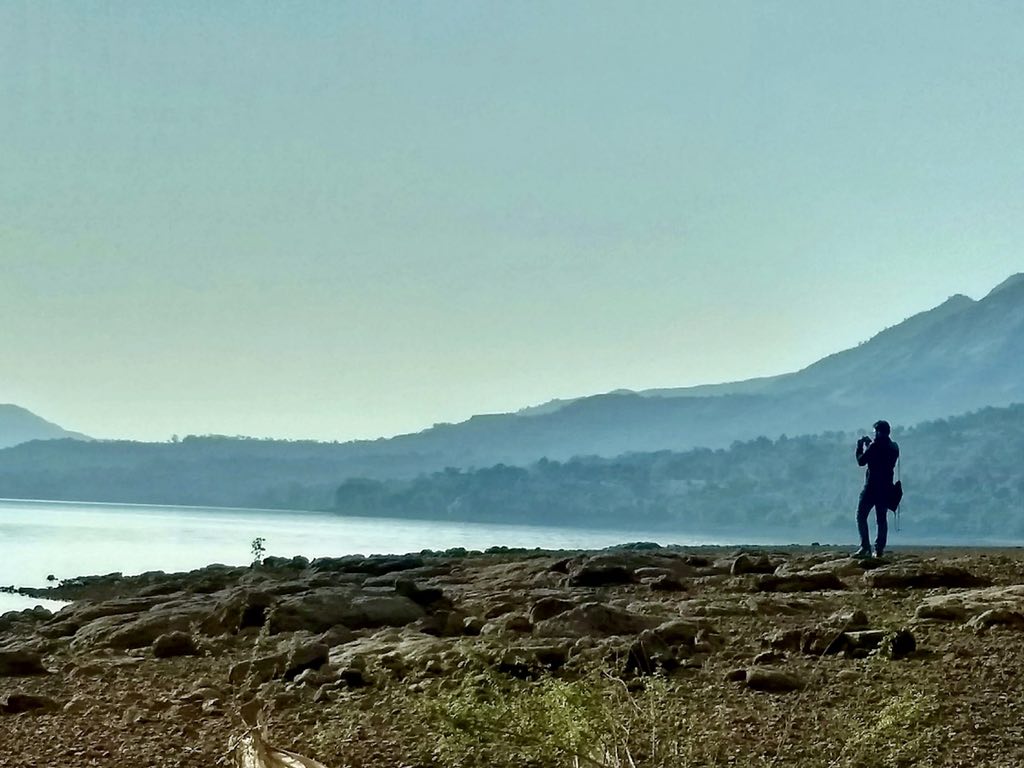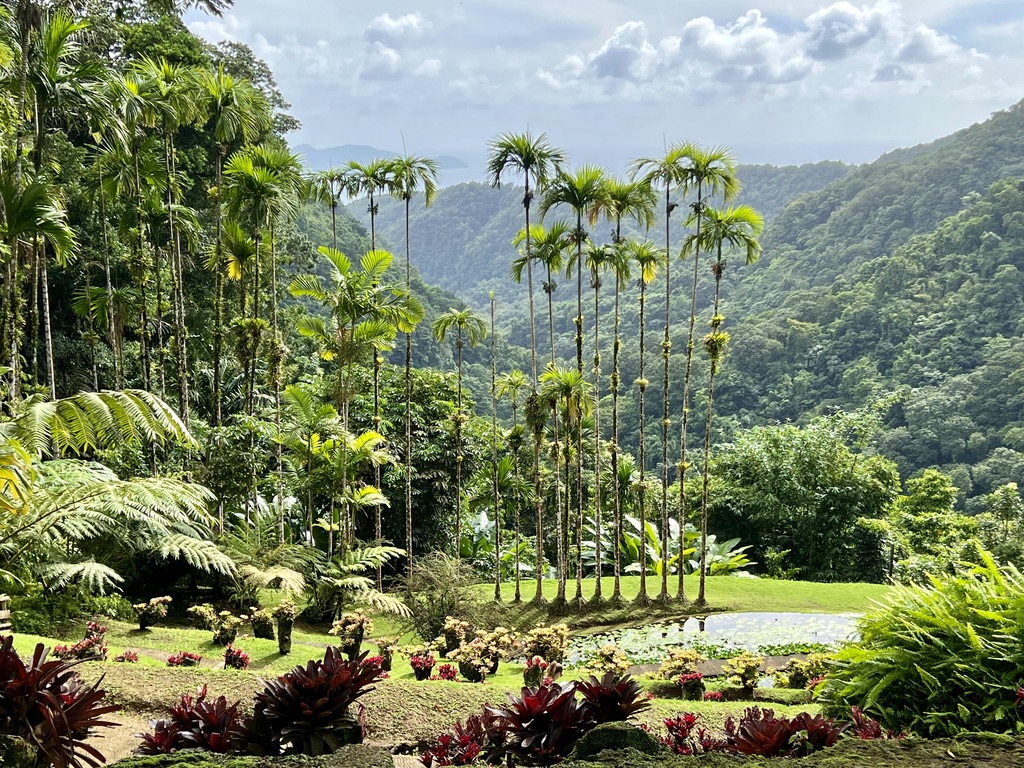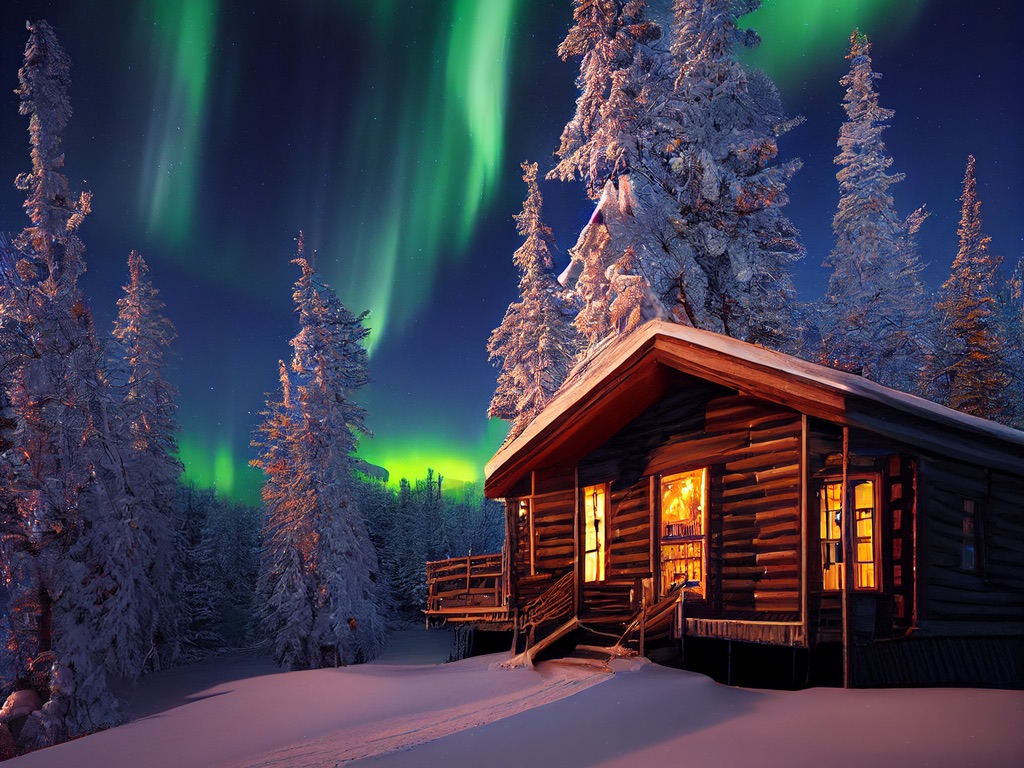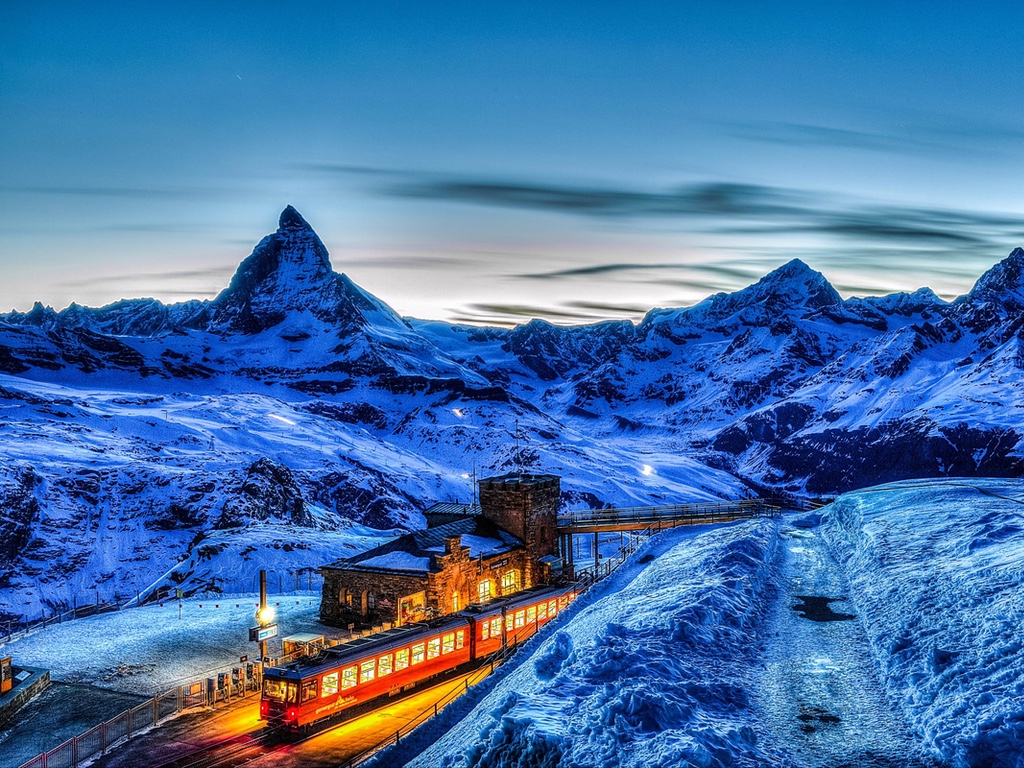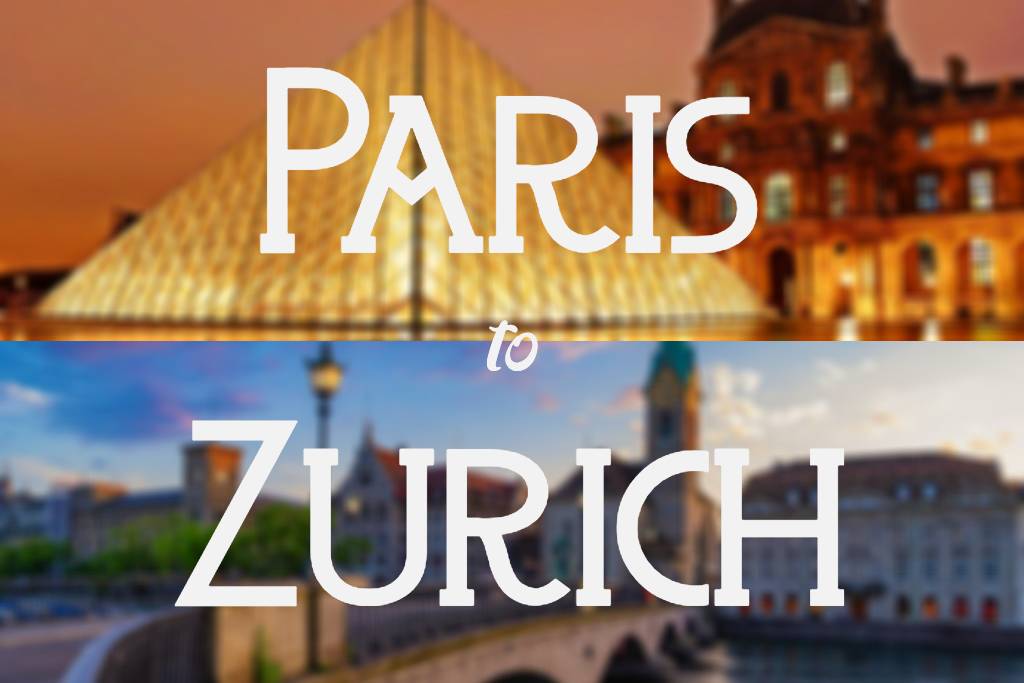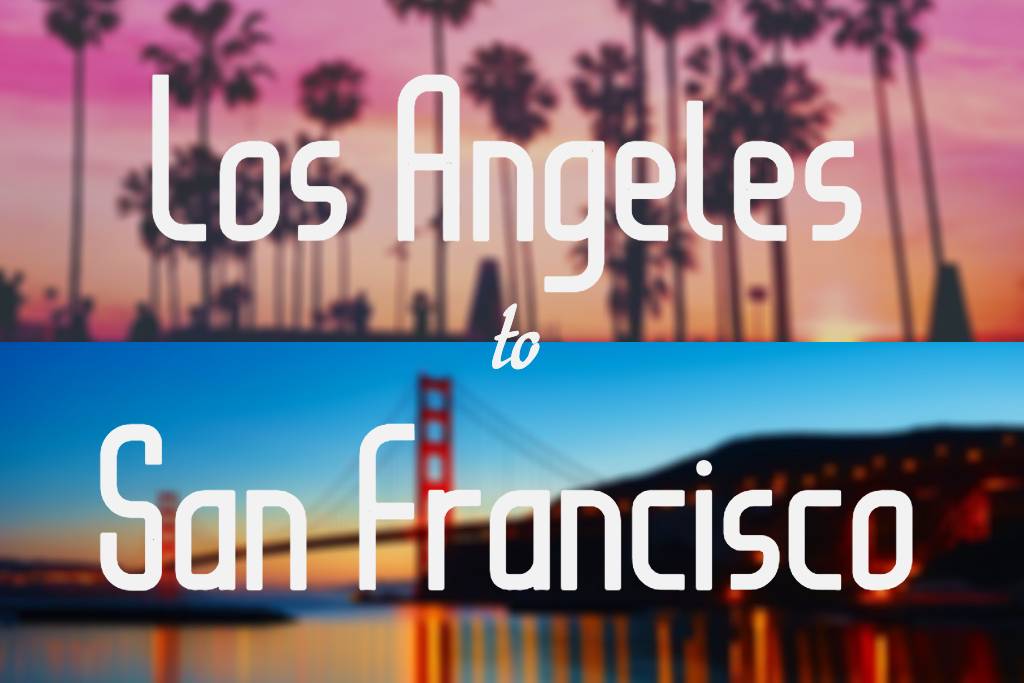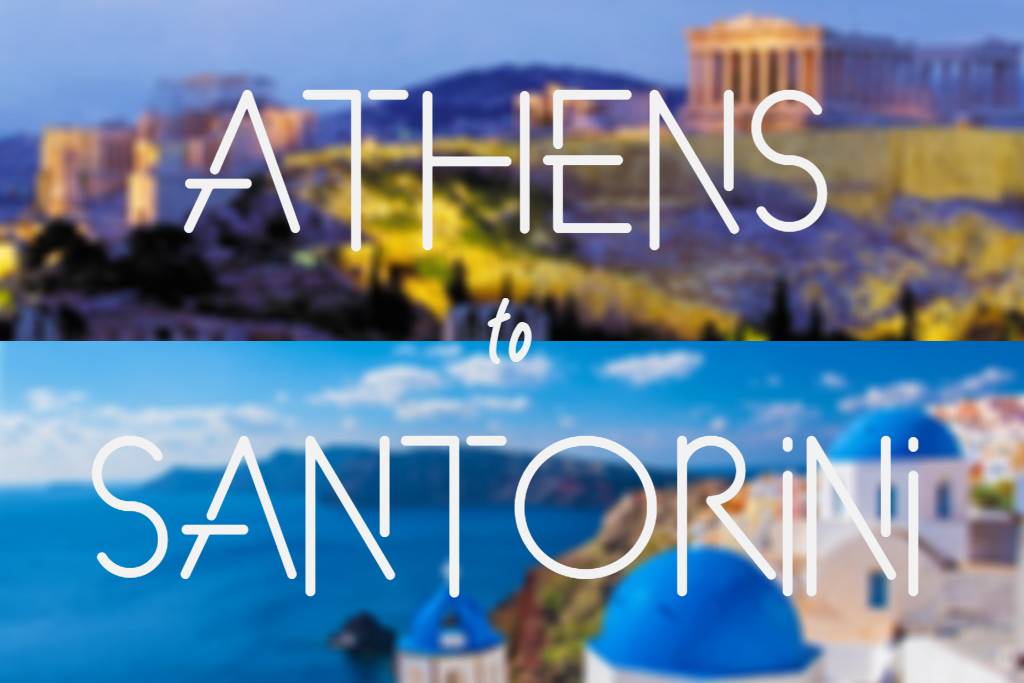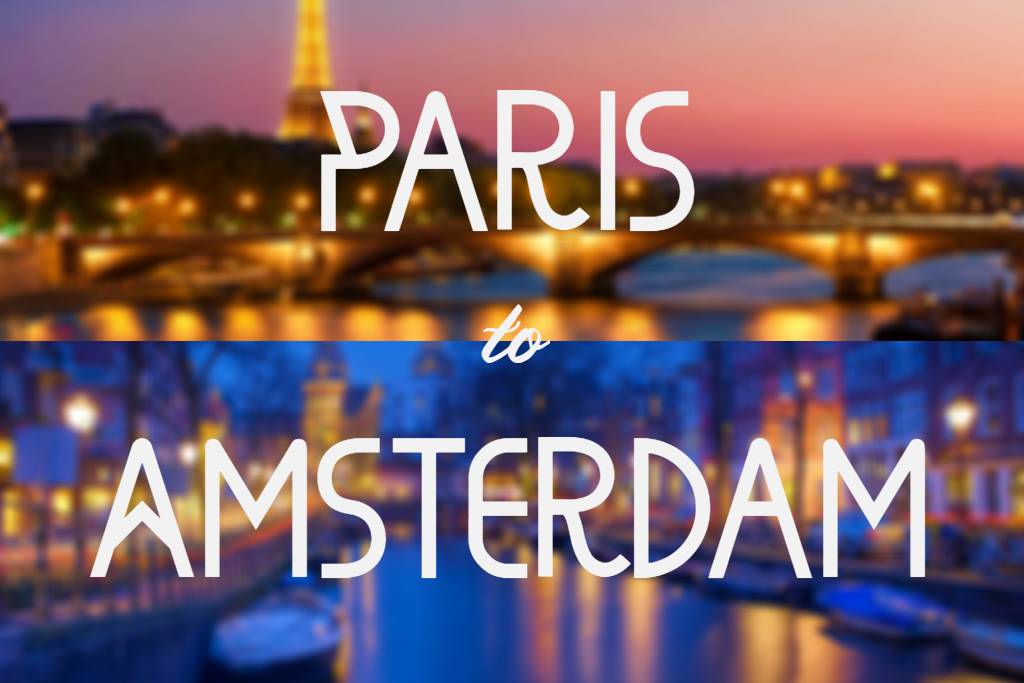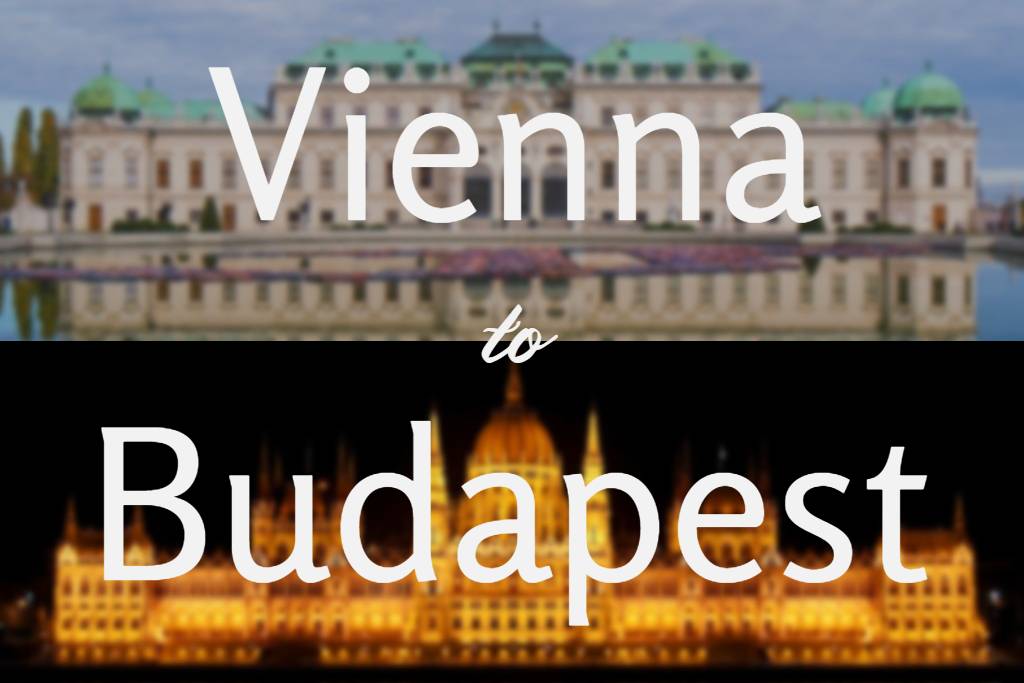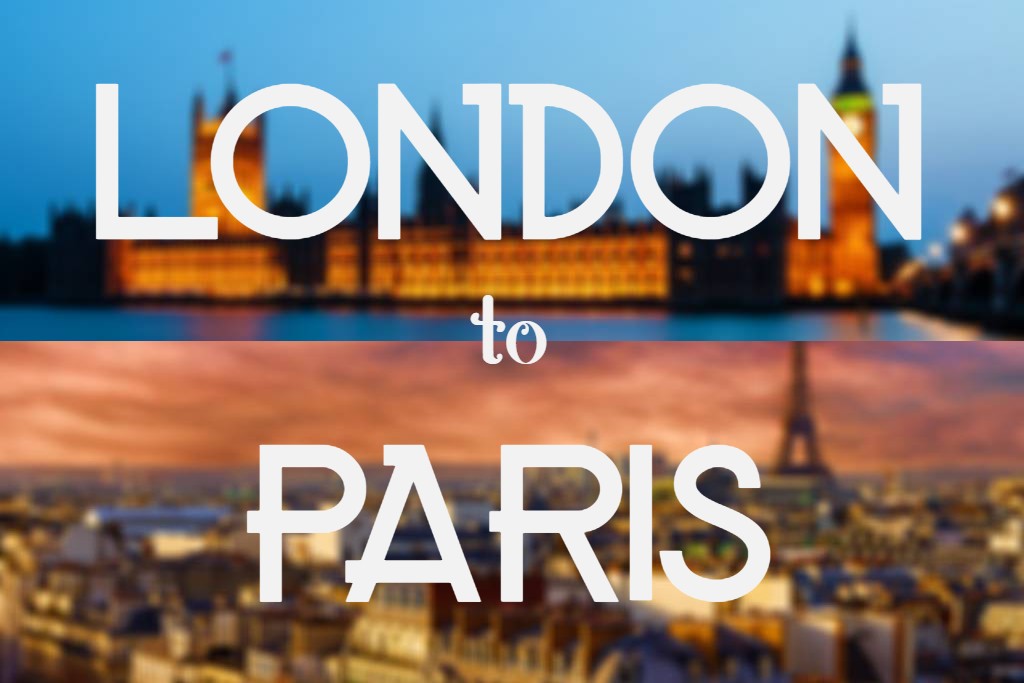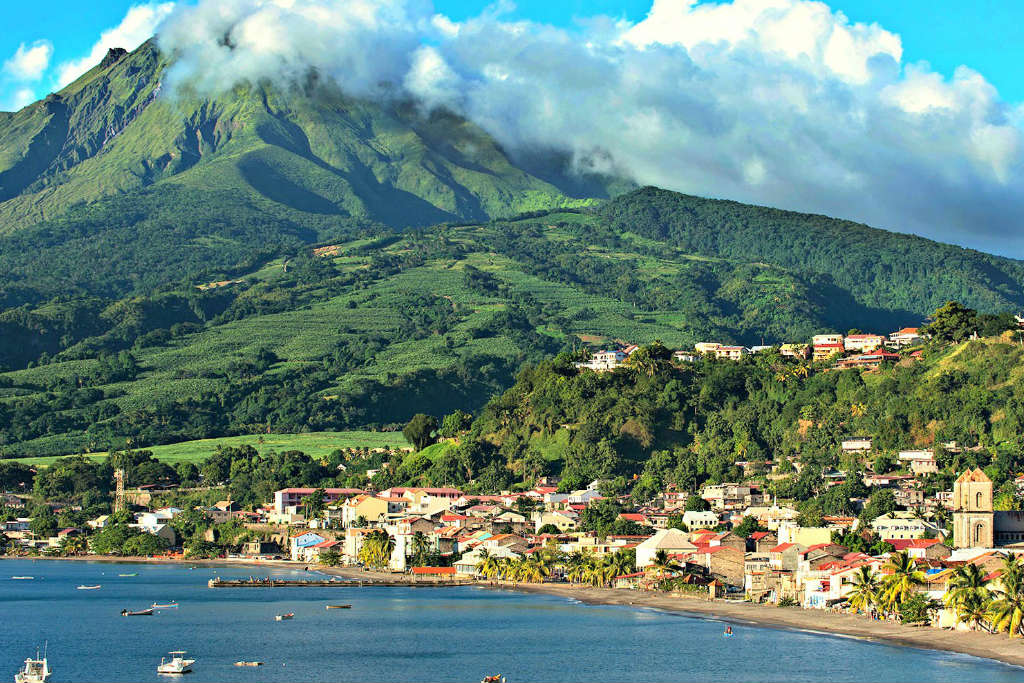I love looking at maps; in fact I spend most of my days doing that. And I come across unique places that I would have never discovered if I wasn’t curious about geography. A couple of years back I was scouring the vast country of Canada on Google Maps and discovered some islands off of Newfoundland. I hadn’t heard of them before and so I took the name off the map, looked it up and realized that France is closer to North America than we all think.
Well at least a territory of France. Saint-Pierre and Miquelon are by my definition some odd islands, and they really should belong to Canada but don’t. The islands are remnants of the days of French colonization of the Americas and France has held them ever since; even after losing every other territory in North America. There is still a French presence in the Caribbean but that’s a different story.

If you take a look at a map you will see that it would be hard to even know Saint-Pierre and Miquelon belong to France. There is no text saying so and they only lie some 16 miles from Newfoundland, Canada. But the de facto language for Saint-Pierre and Miquelon is French, they use the Euro, and by law are French citizens. Even if their mainland home country is some +2,300 miles away. So if you travel to Saint-Pierre and Miquelon, you’re traveling to France technically… in North America.
[wpgmza id=”2″]
(scroll in to see the islands)
Why Go?
So what’s the point? These are remote islands that are expensive to get to and frankly, there isn’t much to do. For me it’s pretty simple. It’s the mere fact that it’s there, people speak French on them, and that they are so remote. For me that’s a good enough reason to at least be curious.
But these islands are somewhat unique. First off the French spoken on the island is the dialect of Basque French, western French. The unofficial flag is even representative of that history and the island has close ties to Brittany and Normandy. But also it’s the mere fact that you stepping into Saint-Pierre and Miquelon means you’re stepping in France; kind of cool for an island the feels Canadian.

It’s a great place to immerse in unique French culture and to practice French. In fact many Canadians who want to learn metropolitan French come to Saint-Pierre and Miquelon instead of learning French in Québec.
From the Saint-Pierre and Miquelon tourism page, it would seem that there isn’t much to do. Tourists should take it slow and expect a slow-paced experience. Even getting to the islands takes time. They suggest to visit both islands and to at least take a week which sounds pretty reasonable given the remoteness of these islands. There are also options for guided tours to the more unknown parts and tinier islands, like L’île-aux-Marins.

There also is an abundance of beautiful landscape and wildlife. For me this would be one of the top reasons to go to Saint-Pierre and Miquelon. The weather is harsh. The landscape is wild and rocky. The animals are unique including seals, whales and different types of birds. By all means the islands are close to the surrounding lands in Canada. Remote, untouched and visually striking. I want to go just for solitude and take some pictures.

History of Saint-Pierre and Miquelon
If you’re curious about more in-depth history of these islands. I read it and it’s very interesting!
History of Saint-Pierre and Miquelon
Geography
I wanted to talk about the geography real quick!
Saint-Pierre and Miquelon are quite small islands and are extensions of the Appalachian Mountains that stretch through Canada and down into the USA, all the way to Texas. Saint-Pierre is the smaller island but has more population on it. Miquelon is a rocky island that was once separated by a storm but recently an isthmus reconnected the once separated lands.
[wpgmza id=”4″]
Saint-Pierre and Miquelon are smack dab in the middle of the Grand Banks. The area is known for notoriously cold, grey, horrible weather year round and is chilly even in summer thanks to the Labrador Current. The record high has only been 79 F, like ever, while the usual high for the summer ranges in the 50’s and 60’s. Winter usually ranges around 20’s and 30’s for the high. Rainfall and snow are in abundance as well as fog (over a hundred days). These islands are also quite windy and cloudy, making them a somewhat hard place to call home.

Also the official flag of Saint-Pierre and Miquelon is not the one below. This is the unofficial flag and only recently designed by a resident in 1982. It is one of my most favorite flags ever created and is symbolic of its French history. Saint-Pierre and Miquelon still uses the French flag as the de facto flag.

Get In
But before you start dreaming of a French vacation in North America, lets talk about trying to get to Saint-Pierre and Miquelon. There are actually no direct flights from France, everybody must connect through Canada and then land at Aéroport de Saint-Pierre. (Unusually, the airport code of Saint-Pierre, LFVP, begins with an L, representative of the codes used in France (and nearly all southern Europe), despite the geographical proximity to Canada’s codes which begin with C. This is an oddity and rarely seen as territories usually follow the geographical codes closest to them).

For most travelers the trip is expensive and the only airline service is with Air Saint-Pierre. Not many flights are offered, which is understandable, and more than likely foreigners will connect through Montréal, Halifax, or St. John’s, Canada. Taking a look at the Air Saint-Pierre website and it’s clear that this isn’t a cheap place to visit with tickets costing as much as flights to Europe for a return from Montréal while much cheap if you’re able to get to St. John’s. My recommendation is to use points to get to the cheapest place they fly from and fly in to Saint-Pierre and Miquelon.
Now it is also possible to take a ferry. Because they are islands, any commercial traffic can drive or bus to Sydney, Nova Scotia or Port Aux Basques, Newfoundland, and then ferry with Marine Atlantic Ferry. Times could vary depending on weather!

Last option is to come by cruise which is an option. Crystal, Seabourn, Silversea, Oceania, Adventure Canada, Fred Olsen, and National Geographic Explorer Cruise Lines all offer at least one cruise to Saint-Pierre and Miquelon. You probably guessed that spaces is very limited and very pricey.
More Saint-Pierre and Miquelon Info
If I got you interested or at least curious about this oddity, I’ve done my job. This is my first post for my series, Voyageography. It focuses on geography, maps, travel and how looking at maps, and understanding geography effects how we all travel. I liked to think geography and travel are intertwined.

For more information on Saint-Pierre and Miquelon check out Saint Pierre and Miquelon Tourism, WikiTravel, Wikipedia, TripAdivsor and Lonely Planet


